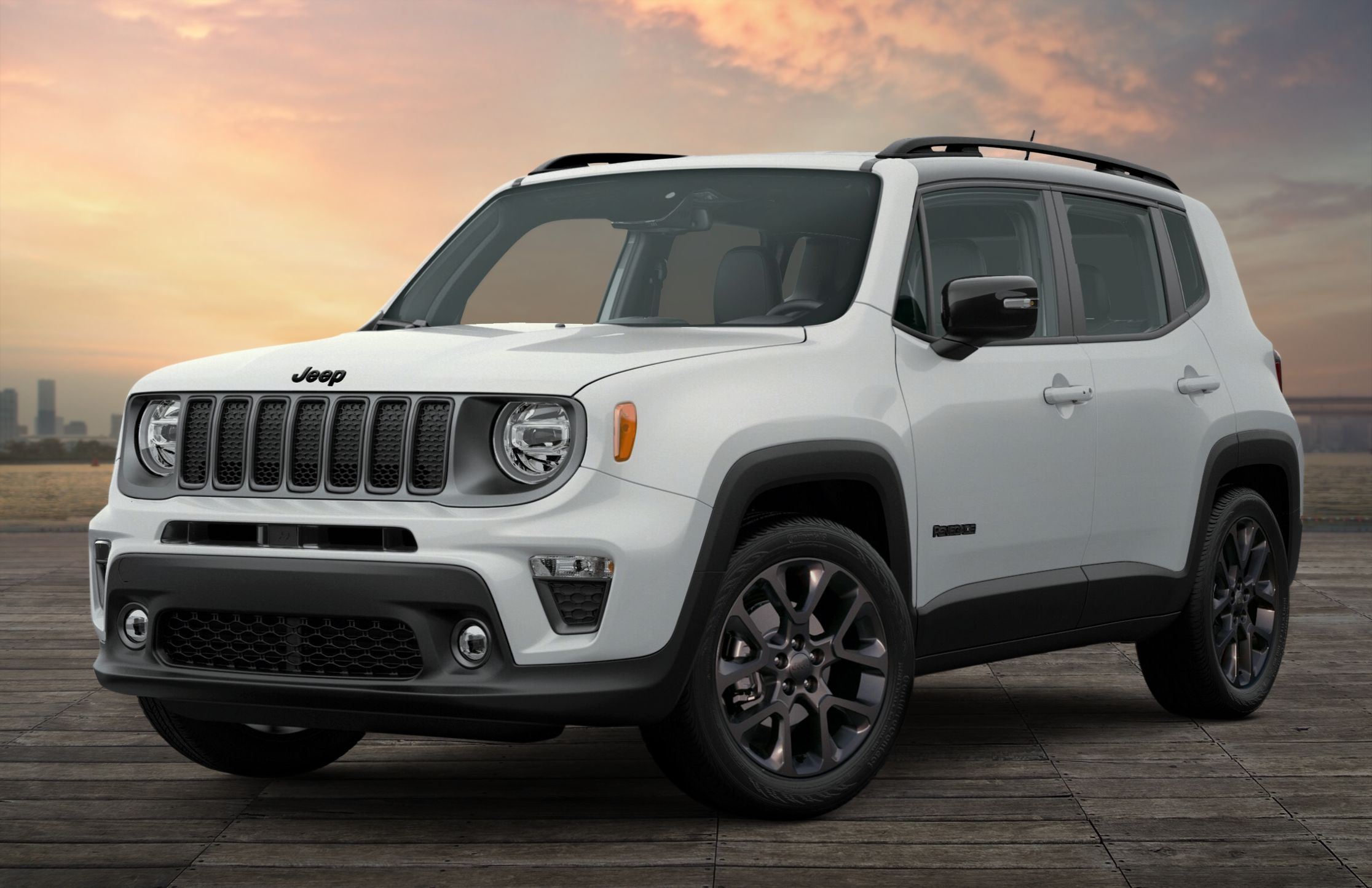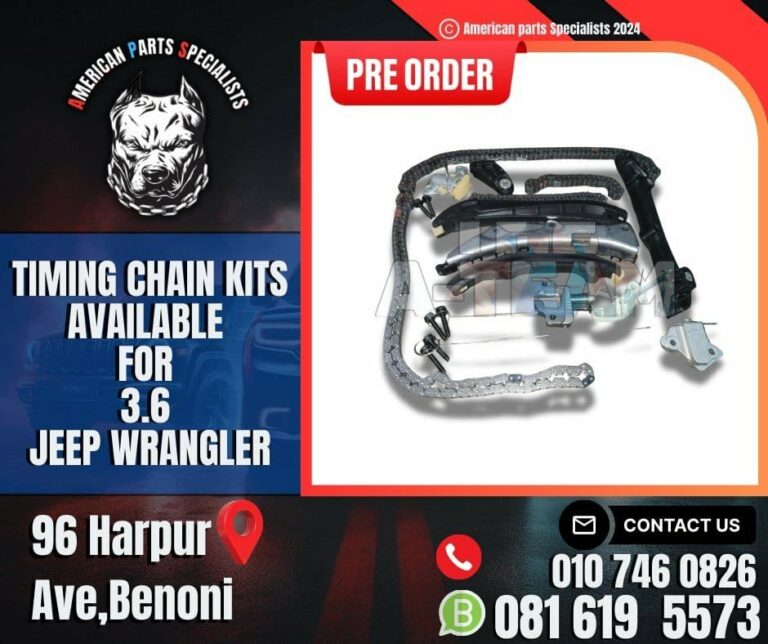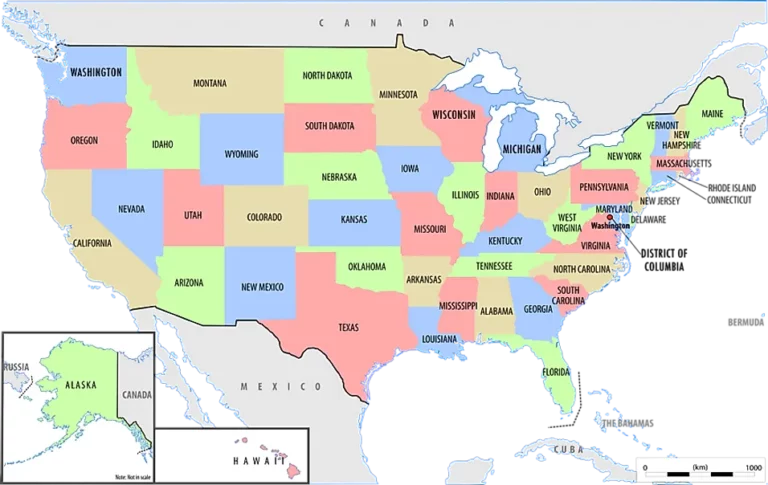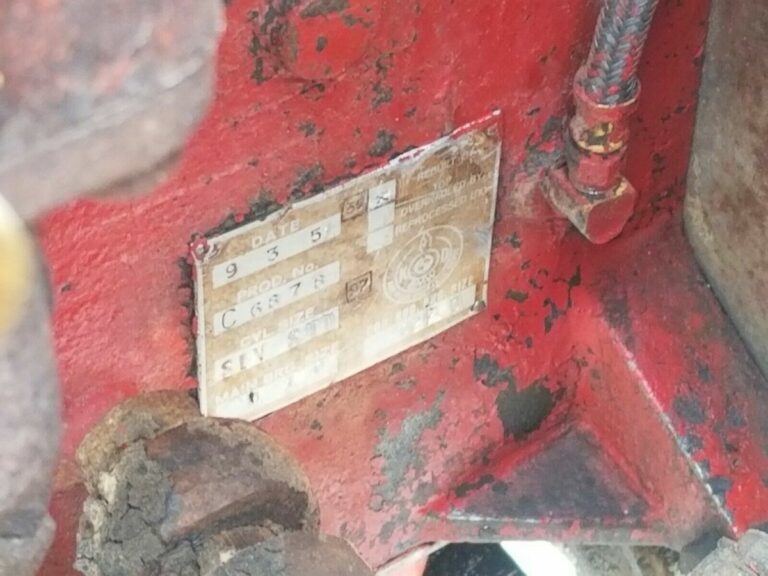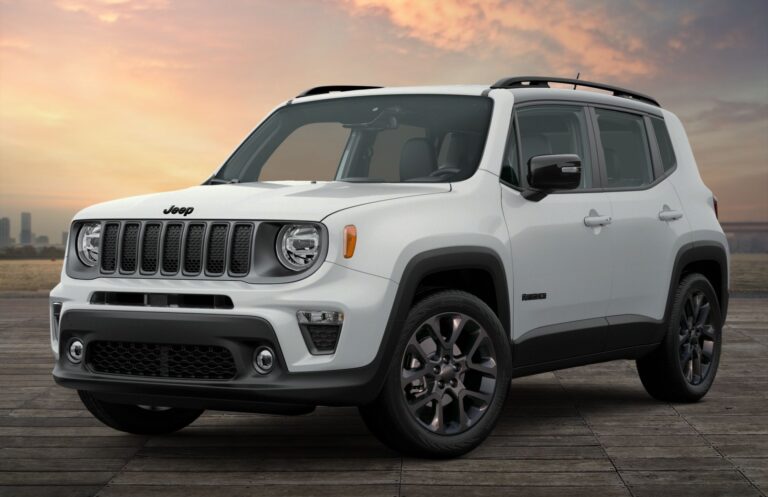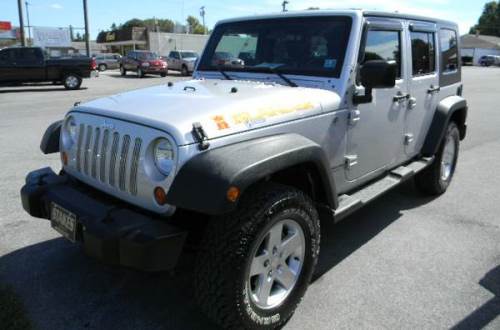Jeep XJ Wheels For Sale: A Comprehensive Guide to Upgrading Your Cherokee
Jeep XJ Wheels For Sale: A Comprehensive Guide to Upgrading Your Cherokee jeeps.truckstrend.com
The Jeep Cherokee XJ, a legendary SUV known for its rugged durability, iconic boxy design, and unparalleled off-road prowess, holds a special place in the hearts of automotive enthusiasts. While the XJ is a capable machine straight from the factory, one of the most impactful upgrades an owner can make is to its wheels. Whether you’re looking to refresh its appearance, enhance its off-road performance, or simply replace a damaged set, finding the right "Jeep XJ Wheels For Sale" is a critical step.
This comprehensive guide will delve into everything you need to know about purchasing wheels for your beloved Cherokee XJ. From understanding crucial specifications to exploring different types and finding the best deals, we’ll equip you with the knowledge to make an informed decision and get your XJ rolling in style and confidence.
Jeep XJ Wheels For Sale: A Comprehensive Guide to Upgrading Your Cherokee
Why Upgrade or Replace Your XJ Wheels?
There are numerous reasons why an XJ owner might be searching for new wheels:
- Aesthetic Enhancement: Stock wheels, while functional, might not align with your personal style or the aggressive look you desire for your XJ. Aftermarket wheels offer a vast array of designs, finishes, and sizes to truly customize your vehicle’s appearance.
- Performance Improvement: Larger tires for off-roading often require wheels with specific backspacing to prevent rubbing. Lighter alloy wheels can reduce unsprung weight, potentially improving handling and fuel economy (though minimally for an XJ). For serious off-roaders, beadlock-capable wheels offer enhanced tire retention at low pressures.
- Damage or Wear: Over time, wheels can suffer from curb rash, bends, cracks, or severe corrosion, necessitating replacement for safety and performance.
- Accommodating Larger Tires: One of the most common reasons XJ owners seek new wheels is to fit larger diameter and wider tires, which are essential for increased ground clearance and traction on challenging trails. This often requires specific backspacing to avoid rubbing on suspension components or fender flares.
- Weight Savings: While XJs are heavy vehicles, reducing unsprung weight with lighter wheels can theoretically improve acceleration, braking, and ride quality.

Understanding XJ Wheel Specifications: What You Need to Know
Before you even begin browsing "Jeep XJ wheels for sale," it’s crucial to understand the technical specifications that dictate compatibility and performance.
- Bolt Pattern (PCD): This is arguably the most critical specification. The Jeep Cherokee XJ uses a 5×4.5" (or 5×114.3mm) bolt pattern. This means there are five lug holes, and they are arranged in a circle with a diameter of 4.5 inches (114.3 millimeters). Any wheel you consider MUST have this bolt pattern.
- Diameter: Common wheel diameters for XJs range from 15 inches to 17 inches. While 15-inch wheels offer more tire sidewall for off-roading and a more comfortable ride, 16-inch and 17-inch wheels allow for larger brake caliper clearance (if upgrading) and a wider selection of modern tire sizes. Going too large (e.g., 18+ inches) can look disproportionate on an XJ and reduce tire sidewall, making off-roading less comfortable.
- Width: Wheel width typically ranges from 7 to 9 inches for XJs. The width should be appropriate for the tire you plan to mount. A general rule of thumb is that the tire tread width should be similar to the wheel width, or slightly wider.
- Backspacing (or Offset): This is one of the most misunderstood yet critical measurements, especially for lifted XJs running larger tires.
- Backspacing is the distance from the mounting surface of the wheel to the wheel’s rear edge.
- Offset is the distance from the wheel’s mounting surface to the wheel’s true centerline.
- For XJs, lower backspacing (or negative offset) is generally desired when running larger tires. This pushes the wheel and tire assembly further out from the vehicle, providing clearance for wider tires against the leaf springs, control arms, and inner fender wells.
- Stock XJ wheels typically have 5.25 inches of backspacing. For 31-inch tires, around 4.5 inches of backspacing is often recommended. For 33-inch tires or larger, 3.75-4 inches is common to prevent rubbing, potentially requiring fender trimming.

- Center Bore: This is the hole in the center of the wheel that fits over the hub of the vehicle. While less critical than the bolt pattern, a wheel with a hub-centric fit (where the center bore perfectly matches the hub) is ideal for preventing vibrations. Many aftermarket wheels have a larger center bore and require hub-centric rings to ensure a snug fit.

Types of Jeep XJ Wheels Available
When searching for "Jeep XJ wheels for sale," you’ll encounter a variety of types, each with its own advantages and disadvantages:
- Stock OEM Wheels:
- Examples: Turbine, Gambler, Ravine, Ecco, Canyon, Icon, etc.
- Pros: Readily available (especially used), affordable, designed specifically for the XJ’s weight and handling characteristics, often durable.
- Cons: Limited in size (mostly 15-16 inch), higher backspacing can cause rubbing with larger tires, may not offer the desired aesthetic.
- Aftermarket Steel Wheels:
- Examples: D-Window, Soft 8, Cragar Steel.
- Pros: Very durable, relatively inexpensive, easy to repair (can be hammered back into shape), often have ideal backspacing for larger tires, can be re-centered for beadlock conversion.
- Cons: Heavier than alloy wheels (increasing unsprung weight), prone to rust, limited style options, less heat dissipation for brakes.
- Aftermarket Alloy Wheels:
- Examples: Method Race Wheels, Fuel Off-Road, Black Rhino, Pro Comp, Vision Wheels, etc.
- Pros: Lighter weight (improving handling and potentially fuel economy), wider variety of styles and finishes, better heat dissipation for brakes, less prone to rust (though can oxidize).
- Cons: More expensive than steel, can be more susceptible to cracking or bending under severe impact (though modern alloys are very strong), harder to repair if damaged.
- Beadlock Wheels (or Beadlock Capable):
- Pros: Designed for extreme off-roading, they mechanically clamp the tire bead to the wheel, allowing you to run extremely low tire pressures (single digits) without the tire coming off the rim. This significantly increases traction.
- Cons: Very expensive, heavier, require specialized mounting and maintenance, often not street legal in all areas, limited manufacturers.
Where to Find Jeep XJ Wheels For Sale
The market for Jeep XJ wheels is robust, offering both new and used options.
- Online Marketplaces:
- Facebook Marketplace/Groups: Excellent for finding local deals on used wheels. Search for "Jeep XJ wheels," "5×4.5 wheels," or "Cherokee wheels." Many dedicated XJ or Jeep enthusiast groups also have classified sections.
- Craigslist: Similar to Facebook, good for local pickup.
- eBay: Wider selection, including both new and used, but shipping costs can add up for heavy items like wheels.
- Dedicated Forums: Websites like NAXJA (North American XJ Association) or Cherokee Forum often have classified sections where members sell parts.
- Off-Road Parts Retailers:
- Online Giants: Quadratec, Summit Racing, Extreme Terrain, 4 Wheel Parts. These offer a vast selection of new aftermarket wheels from various brands, often with detailed specifications and customer reviews.
- Local Off-Road Shops: Supporting local businesses can provide personalized advice and often installation services.
- Junkyards/Salvage Yards: A budget-friendly option for OEM wheels. Inspect them thoroughly for damage, bends, and rust before purchasing.
- Jeep Clubs/Events: Networking with local Jeep enthusiasts can lead to finding used wheels from members who are upgrading.
Tips for Buying Used and New XJ Wheels
For Used Wheels:
- Inspect Thoroughly: Look for cracks, bends (especially on the inner lip), excessive curb rash, and signs of previous repairs. Run your hand along the inside and outside edges.
- Check for Rust: Steel wheels are prone to rust, particularly around the lug holes and valve stem.
- Verify Straightness: If possible, spin the wheel to check for wobbles or bends. A reputable seller might allow you to mount it on your XJ or have it checked at a tire shop.
- Ask Questions: Inquire about the wheels’ history, why they’re being sold, and if they’ve ever been damaged.
- Negotiate: Used wheel prices are often flexible.
For New Wheels:
- Verify Specifications: Double-check the bolt pattern, diameter, width, and backspacing before ordering.
- Read Reviews: Look for reviews from other XJ owners to gauge fitment and quality.
- Consider the Finish: Chrome, polished, painted, and coated finishes all require different levels of care and offer varying durability.
- Shipping Costs: Wheels are heavy; factor in shipping costs if ordering online.
- Warranty: Understand the manufacturer’s warranty on new wheels.
General Advice:
- Budget: Determine your budget beforehand. Used OEM wheels can be very cheap, while new aftermarket alloys or beadlocks can be significant investments.
- Tire Compatibility: Always consider the tires you plan to run. The wheel and tire must be a matched set for optimal performance and safety.
- Future Modifications: If you plan on lifting your XJ or installing larger fender flares, plan your wheel backspacing accordingly to avoid future rubbing issues.
Installation and Maintenance Considerations
Once you’ve acquired your new "Jeep XJ wheels for sale," proper installation and ongoing maintenance are crucial:
- Professional Installation vs. DIY: While mounting wheels is straightforward, having tires professionally mounted and balanced is highly recommended to prevent vibrations and ensure proper wear.
- Lug Nuts: Ensure you have the correct type and size of lug nuts for your new wheels. Some aftermarket wheels require different lug nuts than stock.
- Torque Specs: Always tighten lug nuts to the manufacturer’s recommended torque specifications using a torque wrench. Overtightening can damage studs or wheels, while undertightening can lead to wheels coming loose.
- Regular Cleaning: Keep your wheels clean, especially if they have intricate designs or special finishes, to prevent corrosion and maintain their appearance.
- Rotation and Balancing: Regularly rotate your tires and have them balanced to ensure even tire wear and a smooth ride.
- Addressing Vibrations: If you experience vibrations after installing new wheels, re-check lug nut torque, ensure proper balancing, and consider having the wheel’s run-out checked.
Estimated Price Table for Jeep XJ Wheels
Please note that these are estimated price ranges and can vary significantly based on condition (used vs. new), brand, finish, and seller.
| Wheel Type / Description | Diameter Range | Width Range | Backspacing Range (Approx.) | New Price Range (Per Wheel) | Used Price Range (Per Set of 4) | Notes |
|---|---|---|---|---|---|---|
| Stock OEM Steel (e.g., Ecco) | 15" | 7" | 5.25" | N/A (Discontinued) | $50 – $150 | Basic replacement, often needs paint. |
| Stock OEM Alloy (e.g., Gambler) | 15"-16" | 7"-8" | 5.25" – 5.5" | N/A (Discontinued) | $100 – $300 | Good for stock look, higher backspacing. |
| Aftermarket Steel (D-Window, Soft 8) | 15"-17" | 7"-9" | 3.75" – 4.5" | $60 – $120 | $150 – $400 | Durable, affordable, heavy. Ideal for off-roading. |
| Entry-Level Aftermarket Alloy | 15"-17" | 7"-9" | 3.75" – 4.5" | $100 – $200 | $300 – $600 | Wide variety of styles, lighter than steel. Common for general upgrades. |
| Mid-Range Aftermarket Alloy | 15"-17" | 8"-9" | 3.75" – 4.25" | $200 – $350 | $500 – $900 | Reputable brands, better finishes, often specific off-road designs. |
| Premium Aftermarket Alloy | 16"-17" | 8"-9" | 3.5" – 4.0" | $350 – $600+ | $800 – $1500+ | High-end brands (e.g., Method, Fuel), specialized designs, advanced manufacturing. |
| Beadlock / True Beadlock Capable | 15"-17" | 8"-9" | 3.5" – 4.0" | $300 – $800+ | $700 – $2000+ | For extreme off-roading. Often requires specialized mounting/maintenance. Check legality. |
Frequently Asked Questions (FAQ) about Jeep XJ Wheels
Q1: What is the bolt pattern for a Jeep Cherokee XJ?
A1: The Jeep Cherokee XJ uses a 5×4.5" (or 5×114.3mm) bolt pattern.
Q2: Can I put 17-inch wheels on my XJ?
A2: Yes, 17-inch wheels will fit an XJ, but you need to ensure the correct bolt pattern, width, and especially backspacing. Many modern tire sizes are more readily available in 17-inch.
Q3: What’s the ideal backspacing for a lifted XJ with larger tires?
A3: For most lifted XJs running 31-33 inch tires, a backspacing of 3.75" to 4.5" is generally recommended to prevent rubbing on suspension components. Less backspacing pushes the wheel out further.
Q4: Should I choose steel or alloy wheels for my XJ?
A4: It depends on your priorities.
- Steel: More durable for rock crawling, cheaper, heavier, prone to rust.
- Alloy: Lighter, wider style selection, better heat dissipation, more expensive, can be more susceptible to cracking under severe impact.
Q5: Where’s the best place to find used XJ wheels?
A5: Facebook Marketplace, local Facebook Jeep/4×4 groups, Craigslist, and dedicated XJ forums (like NAXJA or Cherokee Forum) are excellent places to find used wheels for sale.
Q6: Do I need hub-centric rings for aftermarket wheels?
A6: If your aftermarket wheels have a larger center bore than your XJ’s hub, hub-centric rings are highly recommended. They ensure the wheel is centered perfectly on the hub, preventing vibrations and putting less stress on the lug studs.
Conclusion
Finding the perfect "Jeep XJ wheels for sale" is more than just a purchase; it’s an investment in your vehicle’s performance, aesthetics, and overall driving experience. By understanding the critical specifications like bolt pattern and backspacing, exploring the various types of wheels available, and knowing where to search, you can confidently navigate the market. Whether you’re upgrading for serious off-road adventures or simply giving your classic XJ a fresh new look, the right set of wheels will undoubtedly enhance your Cherokee’s character and capability for years to come. Drive on, XJ owners!

